
What Is a Pay-for-Delete Agreement? (And How to Use It)
If you’re like most people, hearing “collections” or “debt” might make you feel a little anxious.
And if you’ve ever had a debt sent to collections, you’ve probably seen it sink your credit score—fast.
But what if I told you there’s a way to remove that negative mark from your credit report?
Yup, that’s where pay-for-delete comes in.
In this guide, I’ll explain what a pay-for-delete agreement is.
How it works, and whether it’s the right move for you.
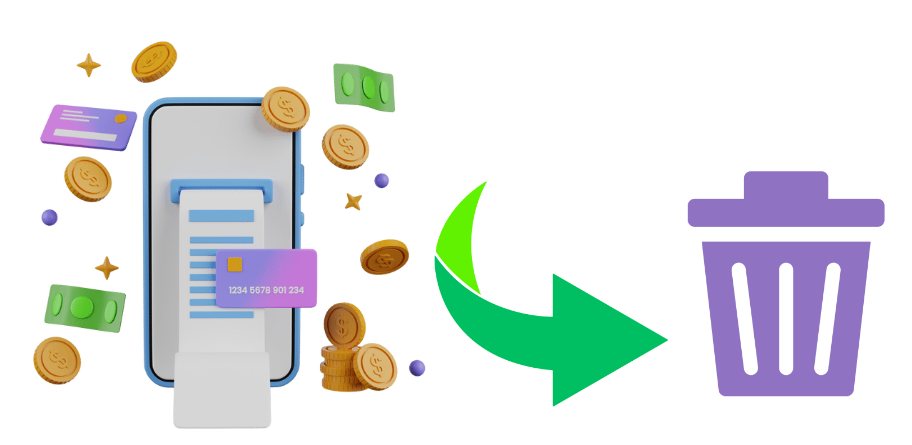
Let’s start.
What Is a Pay-for-Delete Agreement?
A pay-for-delete agreement is an arrangement between you and a debt collector where you agree to pay part or all of a debt.
In exchange, they’ll have the negative account removed from your credit report.
Sounds like a win-win, right?
You settle the debt, and they clean up your credit report.
But there’s a lot more to the story.
First, it’s important to note that pay-for-delete isn’t officially recognized by credit reporting agencies like Equifax, Experian, or TransUnion.
Technically, debt collectors are supposed to report accurate information.
So, when they remove a debt from your report just because you paid it, they’re bending the rules.
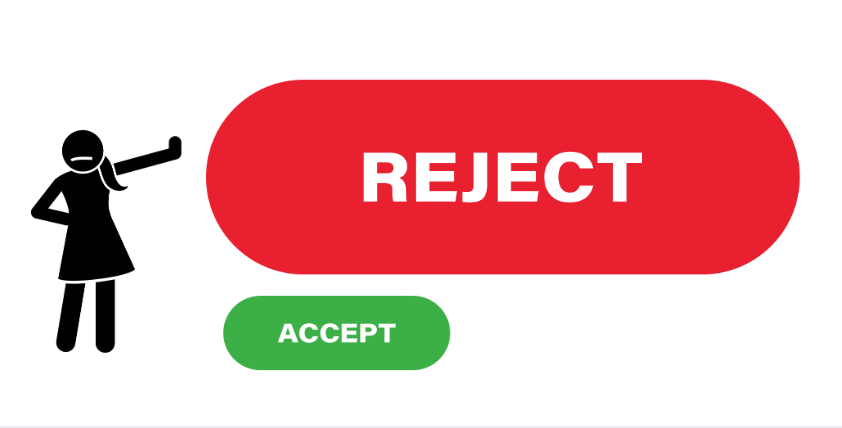
That’s why some debt collectors agree to do it, while others won’t.
How Does Pay-for-Delete Work?
How to Negotiate a Pay-for-Delete Agreement (Step-by-Step)
Here’s how it typically plays out:
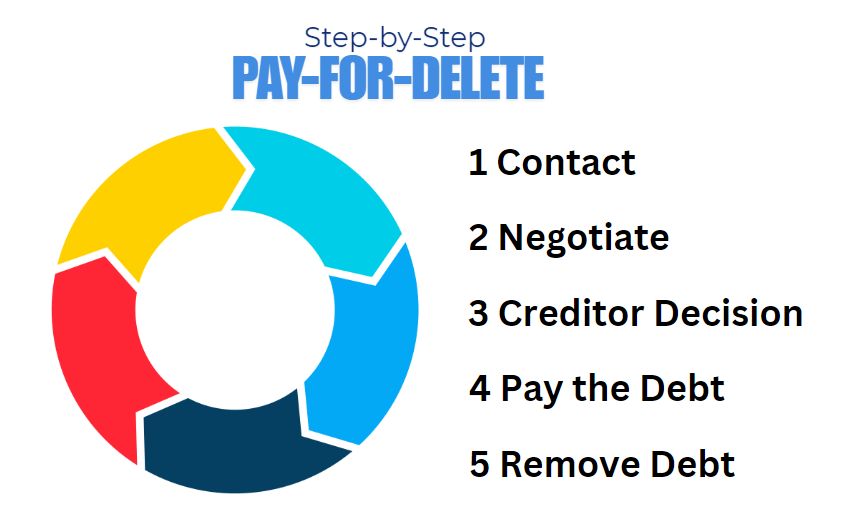
#1 You Contact the Debt Collector
The first step is to reach out to the debt collector who owns your debt.
This can be nerve-wracking for a lot of people (trust me, I’ve been there). But you’ll want to do this in writing—it’s always good to have a paper trail.
Before contacting the collector, make sure you know the details of the debt.
Review your credit report to ensure the debt is accurate and verify the debt amount, the age of the debt, and the original creditor. Knowing this information gives you leverage during negotiations.
Then, you can…
Choose Your Contact Method: Email vs. Phone

You can negotiate either by email or phone, but the best method depends on the collector's communication style and your comfort level.
Here are the pros and cons of each:
Pros: Everything is in writing, allowing you to clearly document the deal terms. You have more time to craft your message, which ensures you don’t accidentally agree to something unfavorable.
Cons: Response times might be slower, and some collectors prefer phone conversations for negotiations.
Phone
Pros: You might get an immediate response or counteroffer, speeding up the negotiation process.
Cons: You’ll need to take detailed notes of the conversation, and there’s a risk that verbal agreements won’t be honored unless confirmed in writing.
Opening the Conversation
If calling, introduce yourself and clearly state that you’re interested in settling the debt. Be polite but firm about your terms.
For example:
“I’m calling to discuss the possibility of settling this debt and having it removed from my credit report. I’m prepared to offer [amount], but only if you agree to a full removal of the debt.”
If you’re emailing, here’s a sample message you can adapt:
Dear [Collector’s Name],
I am writing in regards to the debt associated with [Account Number/Reference].
I would like to discuss a settlement and am willing to pay [percentage or amount] of the balance.
In return, I kindly request that this debt be removed from my credit report. Please confirm your willingness to settle under these terms in writing.
Sincerely, [Your Name]
#2 You Negotiate a Deal
You then propose a deal: you’ll pay a portion or the full amount of your debt.
And in return, the collector agrees to remove the debt from your credit report.
Usually, this happens when the debt is either fairly old or when the collector is willing to compromise.

Many collectors are willing to settle for less than the full amount.
Start by offering 30-50% of the total debt. The worst they can say is no.
Be Prepared for Counteroffers
Collectors might not immediately accept your first offer.
They may suggest a higher amount, so be prepared to negotiate back and forth.
You can hold firm to your request for removal from your credit report, especially if the debt is older and the collector is motivated to settle.
Get Everything in Writing
If you successfully negotiate a deal, ensure that you get the agreement in writing before making any payments.
This written confirmation should state the amount to be paid and that the collector agrees to remove the debt from your credit report once payment is received.
Without this, there’s no guarantee that the collector will follow through with the agreement.
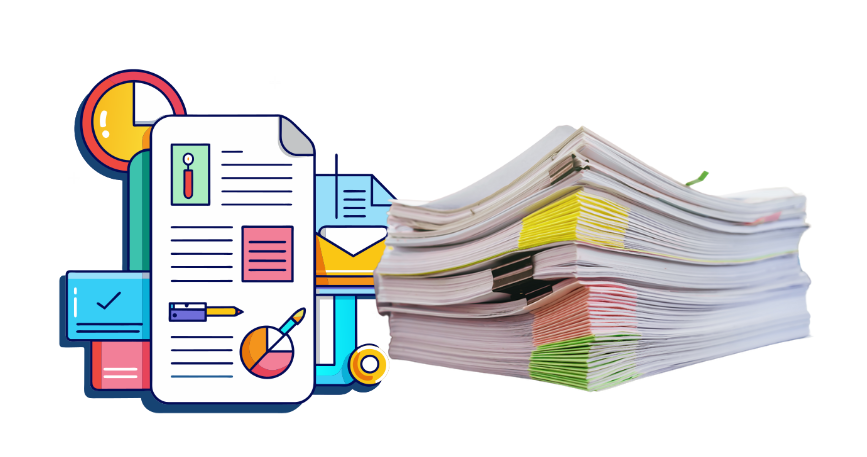
Worse is they won’t remove the negative mark from your credit report. (Yes, that happens!)
#3 Wait if They Accept (or Deny) the Agreement
At this point, the collector may accept your offer, reject it, or make a counteroffer.
Some collectors are more flexible than others.

#4 You Pay the Debt
Once you’ve agreed on an amount, you make the payment. Either in a lump sum or through a payment plan.
Follow Up After Payment
Once you’ve made the payment, give the collector about 30-45 days to remove the debt from your credit report.
After that period, check your credit report to confirm the removal.
If it’s still listed, follow up with the collector immediately to ensure they honor the agreement. (This is where your written agreement come’s handy. You can attach the documented agreement in your follow up email)
#5 The Debt Is Removed from Your Credit Report
After you pay, the debt collector contacts the credit bureaus to remove the negative item from your report.
But this is where things get tricky.
It’s not always guaranteed that the credit bureaus will comply with the request, so you might need to follow up.
Does Pay-for-Delete Really Work?
Here’s the big question: does pay-for-delete actually work?
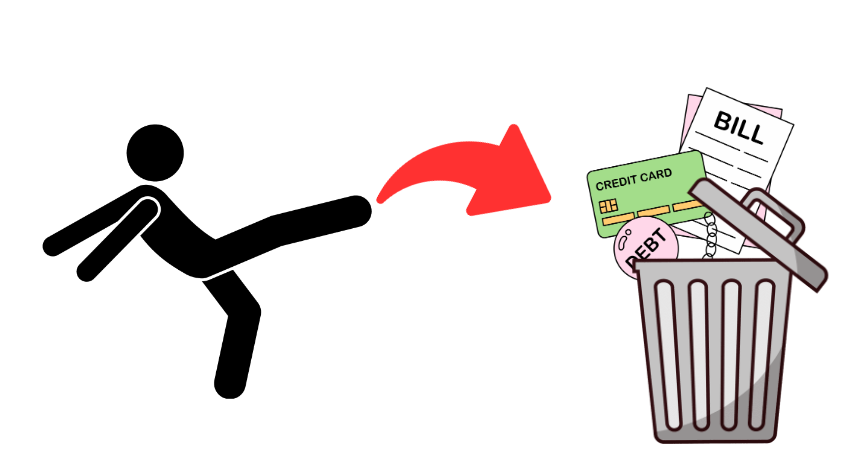
The short answer is: SOMETIMES.
According to a survey by Credit.com, about 40% of people who tried pay-for-delete reported some level of success.
That’s not bad, but it also means that it doesn’t always work.
Debt collectors are under no legal obligation to agree to a pay-for-delete.
Plus, even if they agree, they could back out or fail to report the deletion to the credit bureaus.
But when it works, it can have a significant impact on your credit score.
Removing a collection account can boost your score by 20-50 points or more, depending on your credit history.
This strategy is effective - if you know how to do it.
Read our guide about how to boost your credit score to 100 in just 90 days!

Why Debt Collectors Agree to Pay-for-Delete
Now you might be wondering: why would a debt collector agree to remove negative info from your credit report?
The answer is simple: money.
Debt collectors buy your debt for pennies on the dollar.
So, if you offer to pay a portion of the original balance, they still come out ahead.
For example, if you owe $1,000 and they bought the debt for $200, they might agree to take $500 from you and remove the negative mark.
It’s a good deal for them—and for you.
But not every collector will play ball.
Some are stricter and will refuse any pay-for-delete arrangement. In fact, a spokesperson for Experian said that they “discourage” collectors from deleting items simply because the debt has been paid.
Pay-for-Delete Success Stories
Let’s look at some cases of real people...
As a credit repair expert, and being in the business for over 17 years. I got stories of people who used pay-for-delete to clear up their credit.
One man owed $1,500 in medical debt, which had been sitting in collections for two years. He came to us because he was preparing for a mortgage loan.
After contacting the debt collector, we offered to pay $750 in exchange for having the debt removed from his credit report.
The collector agreed, and within 30 days, the negative mark was gone.
Another case?
A woman had a collection account from an old credit card debt.
She negotiated with the collector, paying 50% of the debt, and the collection was successfully removed from her report.
While these stories are great, remember that results can vary.
It’s not always guaranteed to work, but when it does, it can be a game changer for your credit.
Pros and Cons of Pay-for-Delete
Like any financial strategy, pay-for-delete has its pros and cons.

Pros:
Improves Your Credit Score: If the deletion goes through, it can boost your credit score significantly.
Settles the Debt: You resolve the debt, often for less than the full amount.
Removes Negative Marks: Once the debt is removed, it’s like the collection never happened.
Cons:
Not Guaranteed: Some collectors won’t agree to pay-for-delete, and even if they do, the credit bureaus might not honor the request.
Cost: You still have to pay part or all of the debt.
Time-Consuming: It can take time to negotiate the agreement and follow up with the credit bureaus.
Is Pay-for-Delete Worth It?
Now that you know the pros and cons, is pay-for-delete worth it?
In some cases, yes. If you’re looking to improve your credit score and have the money to settle the debt, pay-for-delete can be a smart move.
But it’s not for everyone.
If the debt is close to falling off your credit report (after 7 years), it might make sense to let it age off naturally. This way, you can have a charge-off removed without paying.
According to an article published by Money US News, a significant % of people saw an improvement in their credit score after successfully negotiating a pay-for-delete agreement.
That’s a pretty solid outcome.
Conclusion: Should You Try Pay-for-Delete?
In the end, pay-for-delete can be a useful tool for cleaning up your credit report.
It’s not always easy, and it’s not guaranteed to work.
But if you’re able to negotiate a deal with your debt collector, it can give your credit score a much-needed boost.
Just remember: always GET EVERYTHING IN HARD COPY.
And follow up to make sure the deletion actually happens.
And if it doesn’t work out, don’t get discouraged—there are other ways to improve your credit over time. Consistent efforts like paying bills on time and reducing debt can have a lasting impact.
You can also consider using an AI credit repair software to simplify the process. It will help you dispute errors and track your progress more efficiently.
Now it’s your turn—have you ever tried negotiating a pay-for-delete?
Let me know how it went in the comments below.
